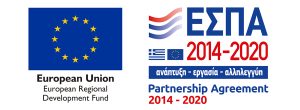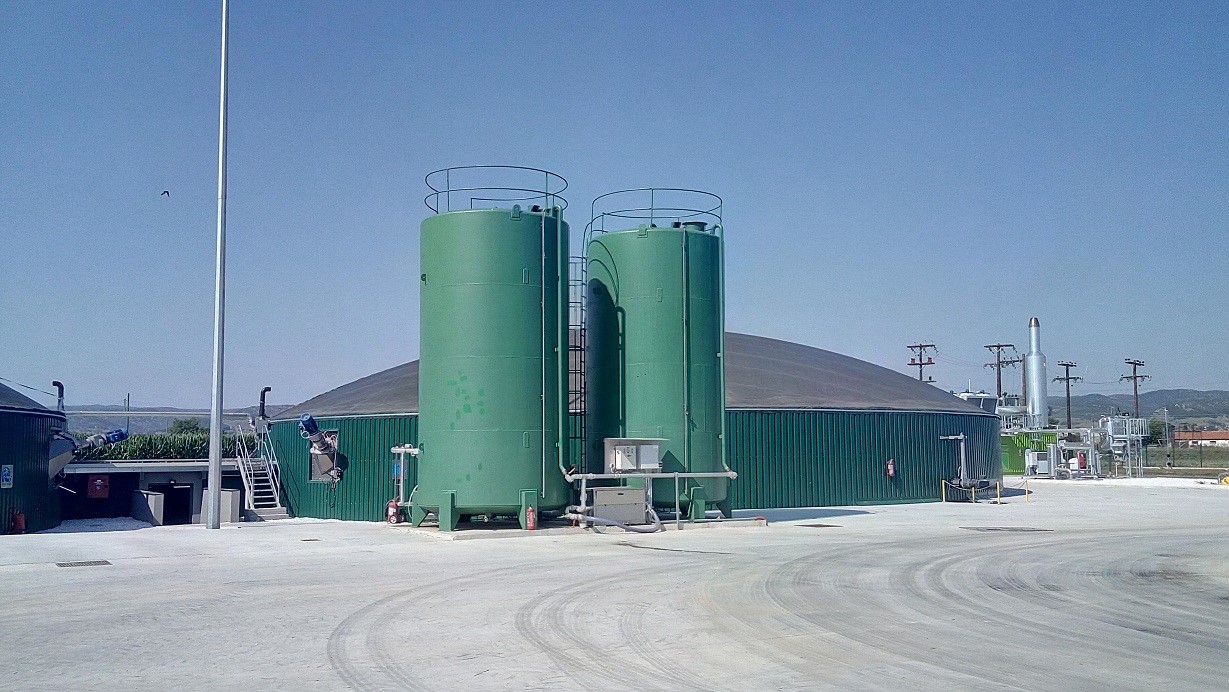3D printing technology of bioreactor material
The aim of the 3D-BIOFILM project is 3D printing of innovative biofilm carriers from zeolite paste, sheet-like aluminosilicate and other materials, in geometric orders that maximize their specific surface and acquire encapsulation properties that improve the performance of biological processes.

Τhere may be an additional environmental gain of exploitation and reuse of the 3D biocarriers as fertilizers instead of their mere disposal as wastes.
Benefits for the participating companies
Methology of implementation of the project
Detailed information about the project
Benefits of using biofilm carriers
They can improve the anaerobic wastewater treatment process efficiency, increase methane production and therefore increase the energy generated by wastewater.
They can improve the aerobic wastewater treatment process efficiency and thus they can contribute in high quality treated effluent disposal to water bodies and in environmental upgrade.
There may be an additional environmental gain of exploitation and reuse of the 3D biocarriers as fertilizers instead of their mere disposal as waste.
Implementation stages of 3D-BIOFILM
The 3D biocarriers will be designed and developed through the 3D printing technology.
Initially, the growth pattern of the biofilm in the 3D biocarriers and the microbial communities will be identified. Following, the optimal biocarriers will then be exploited to optimize methane production during anaerobic digestion in fixed bed reactors UASB and continuous stirring reactors CSTR. Furthermore, the optimal biocarriers will be utilized to improve aerobic wastewater treatment process in moving bed biofilm reactors (MBBRs) and in moving bed biofilm reactors combined with membrane filtration (MBBR-MBR).
Finally, economic and environmental analysis will be carried out, where techno-economic assessment and analysis of their life cycle and the environmental impacts of their use will be performed.


